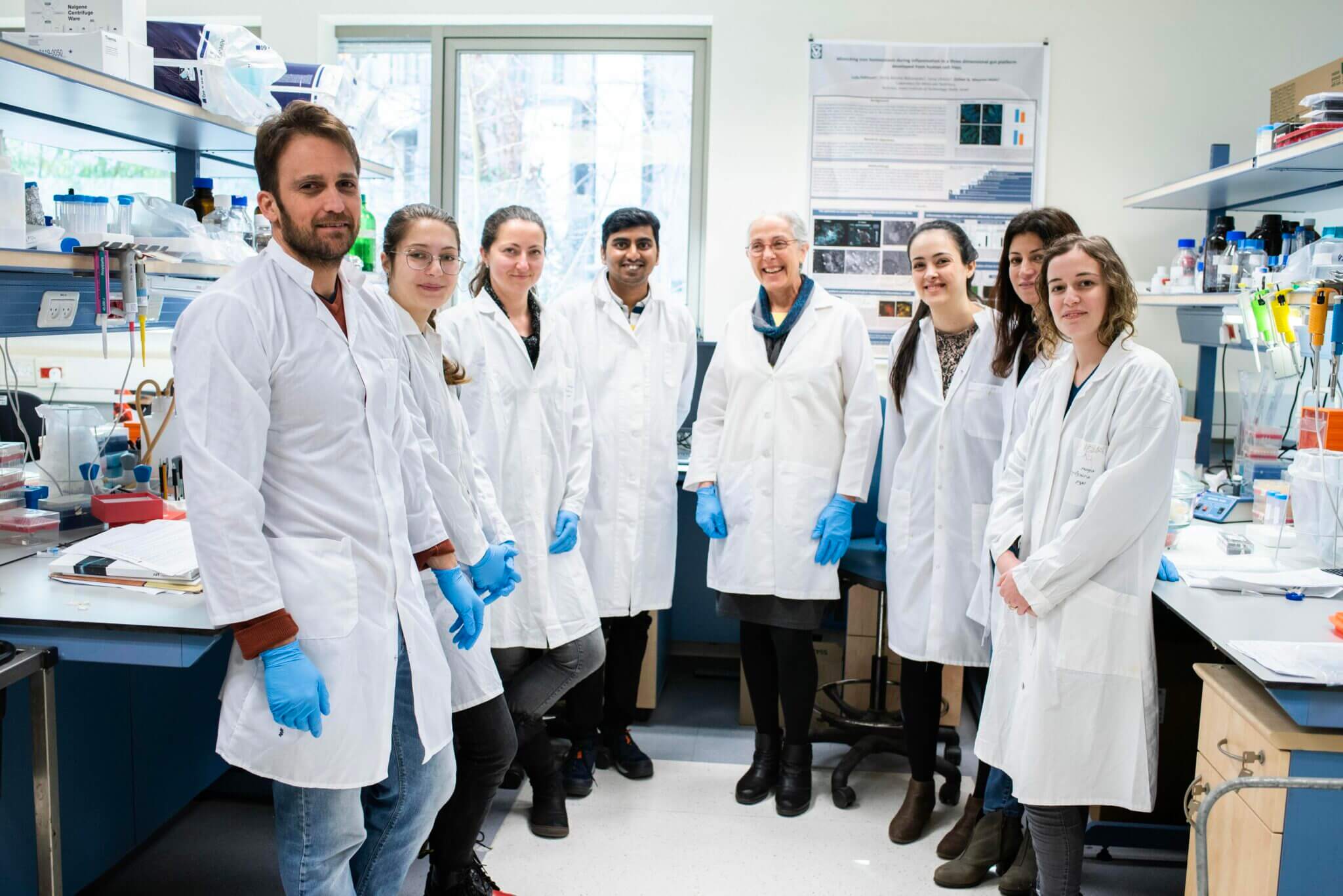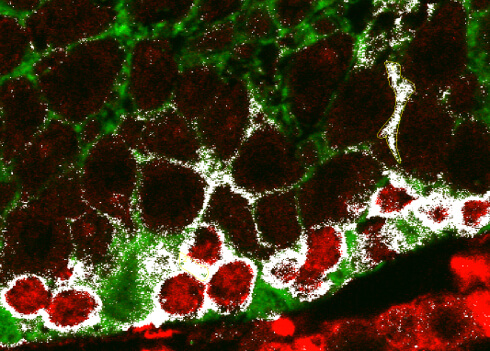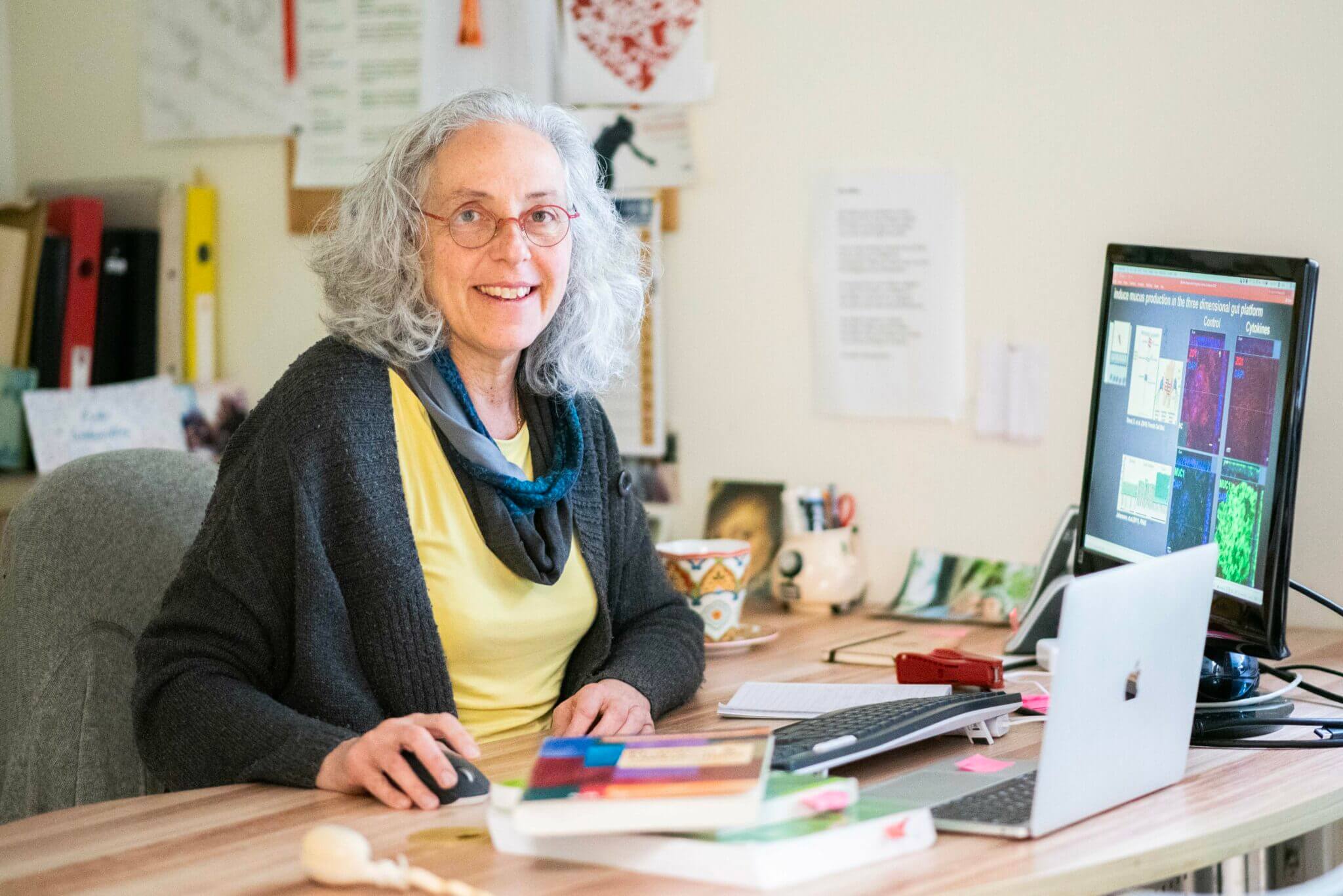The body's cells sense - and regulate - the amount of iron inside them

Iron is the most common mineral in the body. A large amount of it is found in hemoglobin - a protein whose main function is to bind oxygen and transport it from the lungs to the cells of the body. Hemoglobin is found in red blood cells. Thus, iron deficiency can lead to a problem in the proper production of hemoglobin and red blood cells. This is how anemia can develop - a disease that causes a variety of symptoms, starting with fatigue, exhaustion, weakness, paleness, hair loss, headaches, low mood and difficulty concentrating, as well as shortness of breath and heart disease.
Prof. Esther Miron-Holtz from the Faculty of Biotechnology and Food Engineering at the Technion researches iron, also as a nutritional component. "There are control systems that sense the level of iron in the cells and balance it," she says, "so that its deficiency or excess does not develop (which may cause oxidative stress). Thanks to these systems, the iron comes from the blood to the cells that need it. And when it leaves the cells, most of it has to return through the blood to the bone marrow - the site of red blood cell creation."
Prof. Miron-Holtz also points out that the red blood cells, of which our body produces about three million per second, are the largest consumer of iron in the body (a very large amount of it is found in them), and that when there is a shortage of iron, competition arises between the different body cells that try to recruit it from the stores and food. "Therefore", she says, "it is not wise on the part of the body to give preferential rights to the developing red blood cells because that way the iron deficiency will severely damage the rest of the systems that need it in a smaller amount. That's why there are mechanisms that are responsible for the balance in this area." So, for example, in the kidneys is the hormone erythropoietin whose function is to sense the amount of oxygen in the blood and thus estimate how many red blood cells are missing. Recently, it was discovered that this hormone is also sensitive to the amount of iron, and thanks to it, the body knows how much iron to divert to the production of pellets. Other balancing mechanisms that contribute to maintaining the iron balance are, for example, the proteins IRP1 / IRP2 that control the entry of iron into the cell, as well as its exit and storage in the ferritin protein - the iron reservoir in the cells.
The members of Prof. Miron-Holtz's research team are trying to understand how the cells of the body transfer iron to each other, both to use it and to transmit information about its amount in the body. Their latest research, which won a grant from the National Science Foundation, deals with ferritin. Prof. Miron-Holtz says: "The ferritin protein is built like a hollow ball and contains channels with enzymes that make the iron soluble and active, not soluble and dormant. In this way, the iron can be kept inside the ferritin and be activated by the cell only when there is a shortage, and thus its excess is also avoided."
If a cell releases thousands of atoms of iron without control, into the intercellular fluid or into a neighboring cell, it may cause them damage. This is how diseases can develop

The researchers wanted to know how the ferritin comes out of the cells, what is the amount of iron in it, and how this process is controlled. This is due to the fear that its exit may transfer a very large amount of iron (thousands of atoms) into its environment to neighboring cells, causing them to undergo oxidative stress. "If a cell releases thousands of atoms of iron without control, to the intercellular fluid or to a neighboring cell, it may cause damage to them. This is how diseases can develop, for example inflammatory and neurodegenerative (such as Alzheimer's and Parkinson's, in which excess iron accumulates in nerve cells in the brain and destroys them)," says Prof. Miron-Holtz.
In addition, the researchers examined mouse cells and human cells as a model for inflammatory bowel disease, and discovered that iron in the inflamed tissue passes from the epithelial cells to the cells of the immune system, apparently through ferritin. When this transition was prevented, the ignition stopped. "Excretion and absorption of ferritin may be a mechanism of the body to maintain the iron balance. When we better understand how this balance is obtained, we will be able to correct it in diseases in which it is violated", concludes Prof. Miron-Holtz.
Life itself:

Prof. Esther Miron-Holtz, 60 years old, lives in Haifa, divorced and mother of three children (30, 26, 20). In addition to science, she is engaged in carpentry and likes to cook and dance ("and generally likes to do a lot of things").
